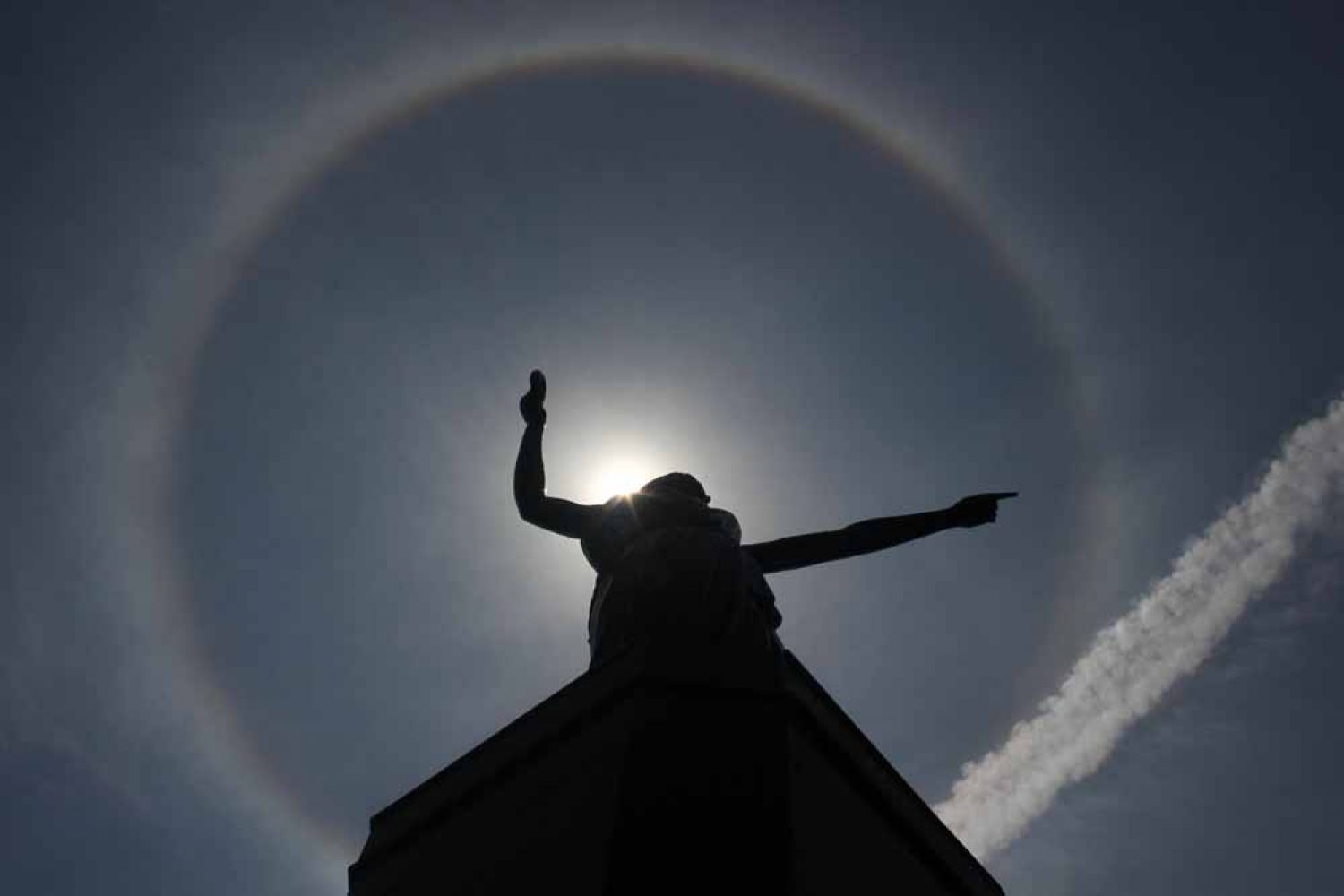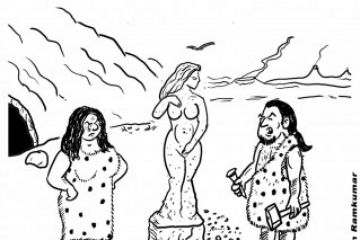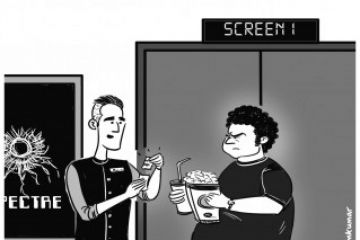
The recently concluded
Sailoz Mookherjea exhibition in New Delhi threw up several questions. The show,
“Revisiting Sailoz Mookherjea”, organised by Mohit Jain, owner-director of
Dhoomimal Art Centre, hoped there would be more than some octogenarians to see
it, including the few surviving students of the artist who passed away in 1960.
Yes, there were many young and middle-aged visitors who knew nothing about
Sailoz but went away amply rewarded.
The exhibition had
works from the las





